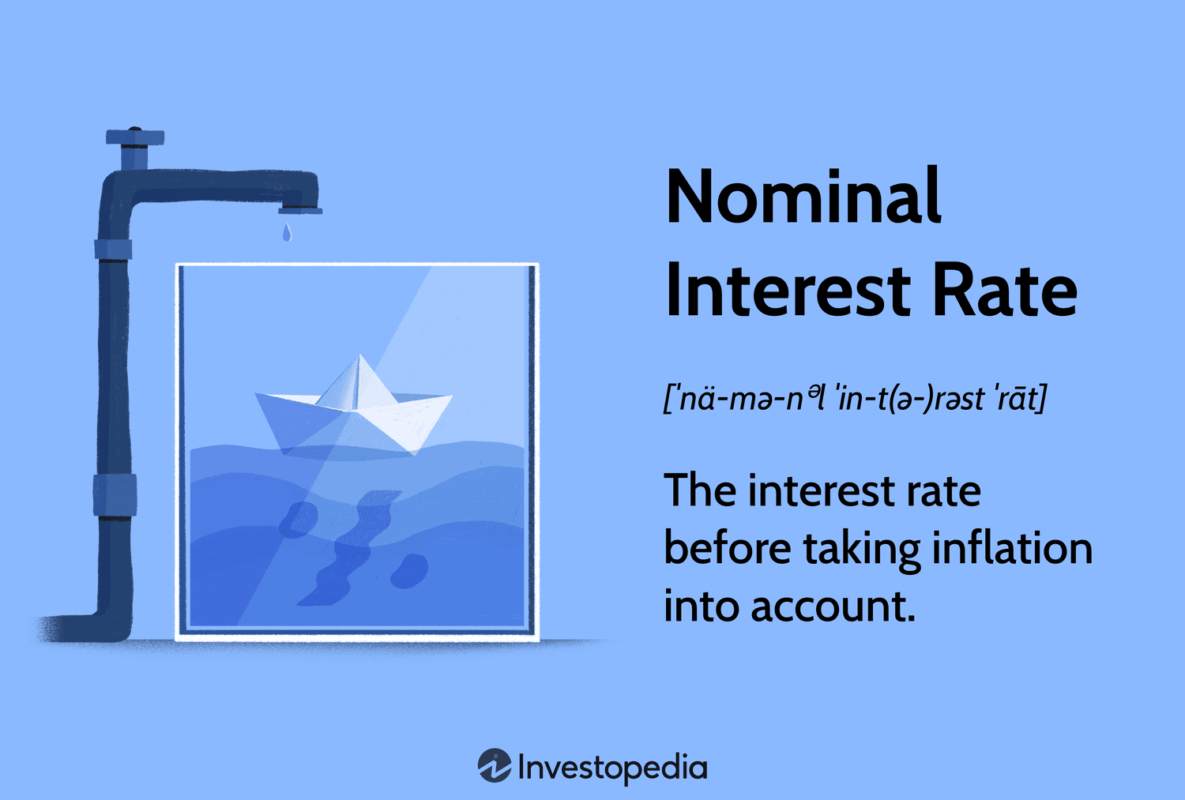Interest rates are an integral part of the world of finance, impacting everything from consumer loans to government debt

Understanding Interest Rates: A Comprehensive Exploration
Introduction
Interest rates are a fundamental aspect of the financial world, influencing economic activities on a global scale. This essay aims to provide a comprehensive understanding of what interest rates are and how they are defined. We will explore the various types of interest rates, their impact on borrowers and lenders, and the factors influencing their determination.
Defining Interest Rates
At its core, an interest rate is the cost of borrowing money or the return on investment expressed as a percentage of the principal amount. It serves as compensation for lenders and an incentive for savers and investors. The two primary types of interest rates are nominal and real.
Nominal Interest Rate

The nominal interest rate is the stated rate on a financial product, such as a loan or bond. It represents the actual amount of interest paid or earned, excluding the effects of inflation or deflation. Nominal rates are crucial for understanding the immediate financial implications of a transaction.
Real Interest Rate
To comprehend the true cost of borrowing or the real return on an investment, one must consider the real interest rate. This rate adjusts the nominal interest rate for the impact of inflation or deflation, providing a more accurate measure of purchasing power.
Factors Influencing Interest Rates

Through monetary policy tools like open market operations and the discount rate, central banks aim to control inflation, stabilize the economy, and influence interest rates.
Economic Conditions

Interest rates respond to the prevailing economic environment. During periods of economic growth, central banks might raise rates to prevent overheating and inflation. Conversely, in times of recession, rates may be lowered to stimulate borrowing and spending.
Risk and Creditworthiness
Individual borrowers and entities are subject to different levels of risk and creditworthiness. Lenders assess these factors when determining the interest rates they charge. High-risk borrowers typically face higher interest rates to compensate for the increased likelihood of default.
Market Forces

Supply and demand in the financial markets also impact interest rates. When there is a high demand for credit, interest rates tend to rise, and vice versa. Additionally, global economic conditions and geopolitical events can influence market perceptions and, consequently, interest rates.
The Impact of Interest Rates
Interest rates have far-reaching consequences, affecting various aspects of the economy and financial markets.
Borrowers and Savers

For borrowers, interest rates determine the cost of loans, influencing decisions on major purchases such as homes and cars. On the other hand, savers and investors assess interest rates when deciding where to allocate their funds, seeking the best return on investment.
Businesses and Investments
Businesses are sensitive to changes in interest rates as they impact the cost of capital. Higher rates can increase the cost of borrowing for expansion, potentially slowing economic growth. Investors, meanwhile, adjust their portfolios based on interest rate expectations, affecting asset prices across different markets.
Inflation and Purchasing Power

The relationship between interest rates and inflation is crucial. Central banks often use interest rates to control inflation, as higher rates can help curb excessive spending and rising prices. The real interest rate reflects the true purchasing power of money, considering the impact of inflation.
Conclusion
In conclusion, interest rates are multifaceted instruments with profound implications for the global economy. From the basics of nominal and real interest rates to the intricate web of factors influencing their determination, a nuanced understanding is essential for individuals, businesses, and policymakers alike. As we navigate the complex world of finance, recognizing the role of interest rates empowers us to make informed decisions in a dynamic and interconnected financial landscape.


